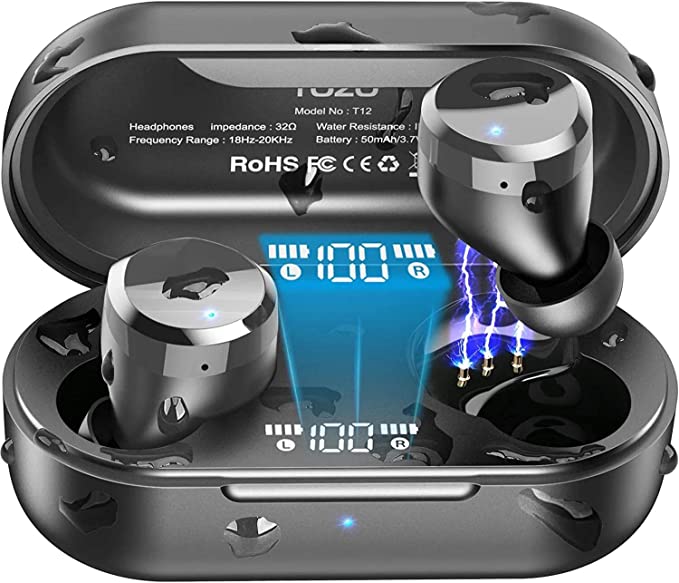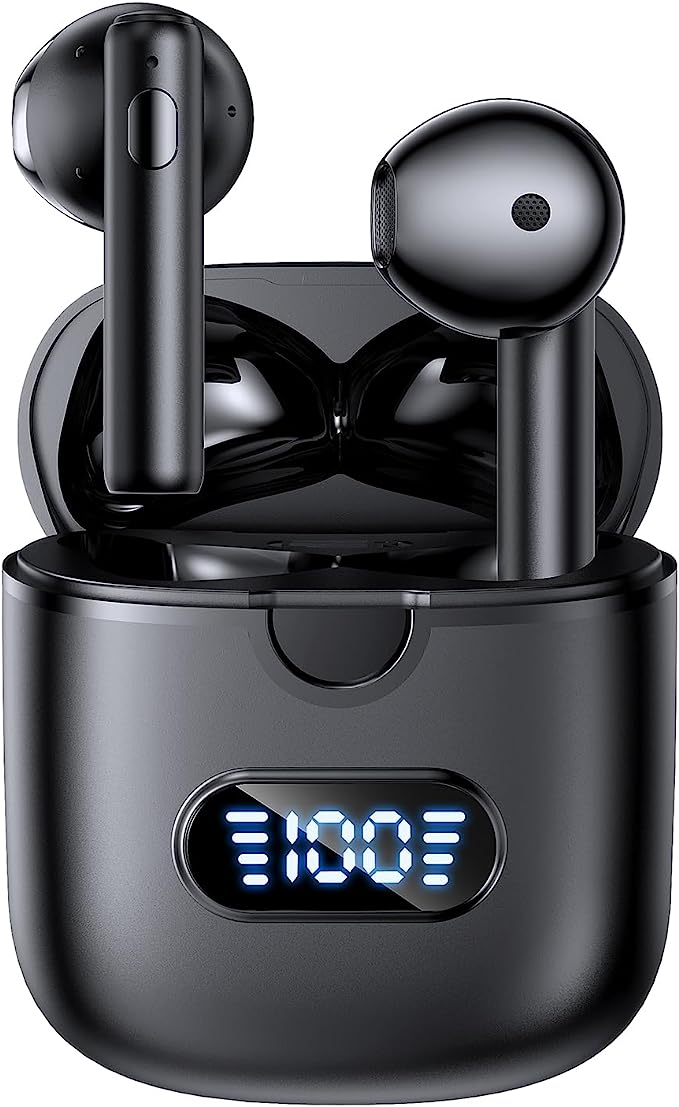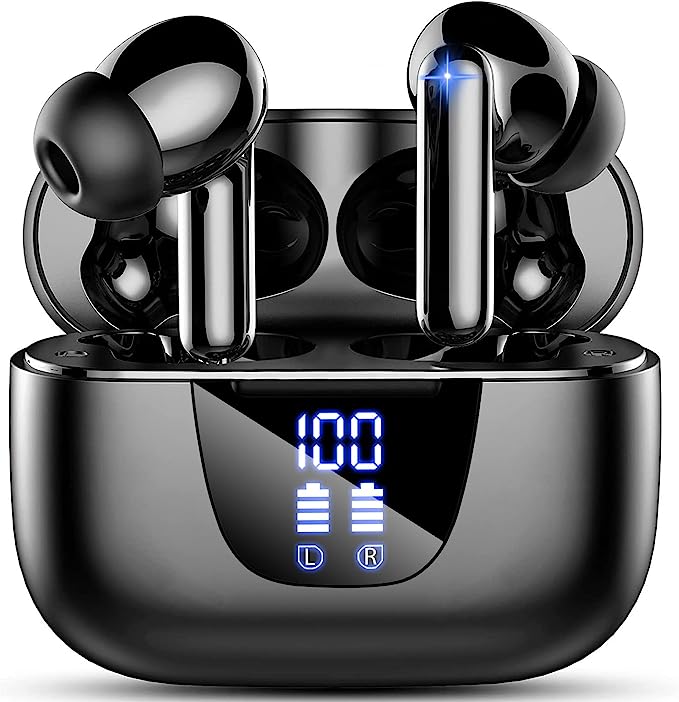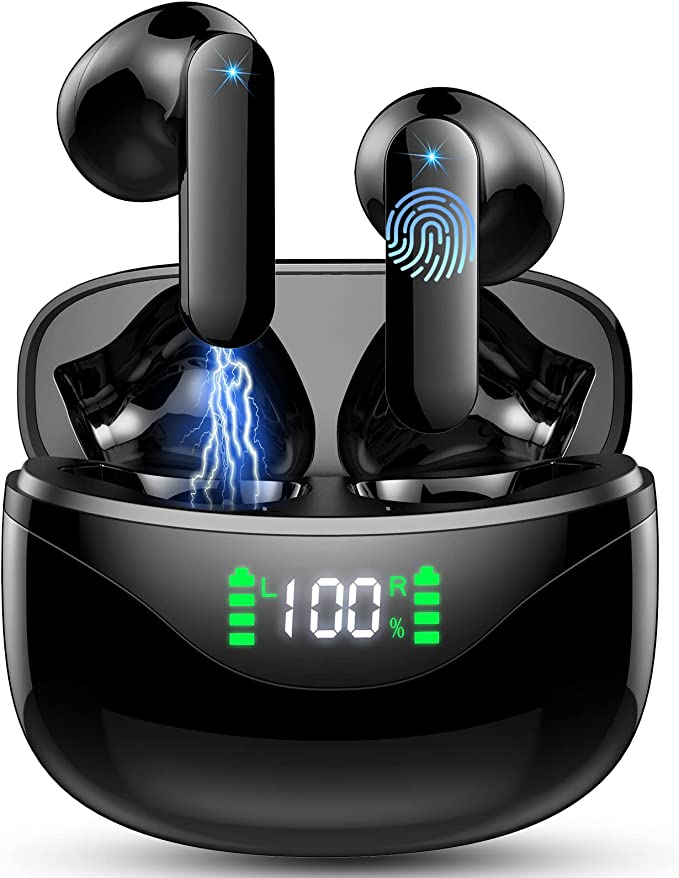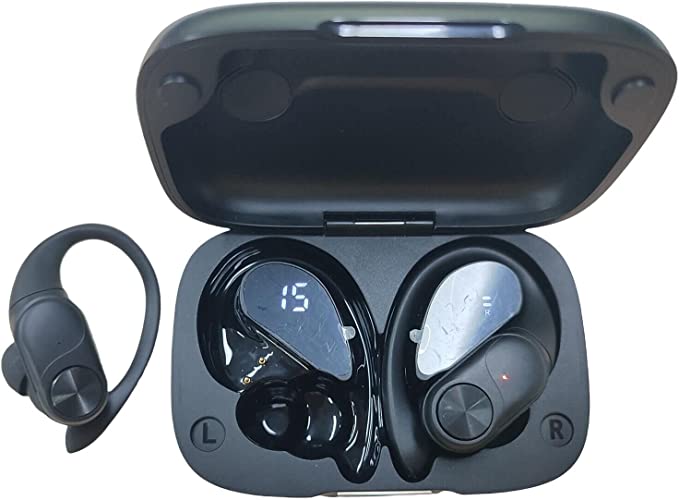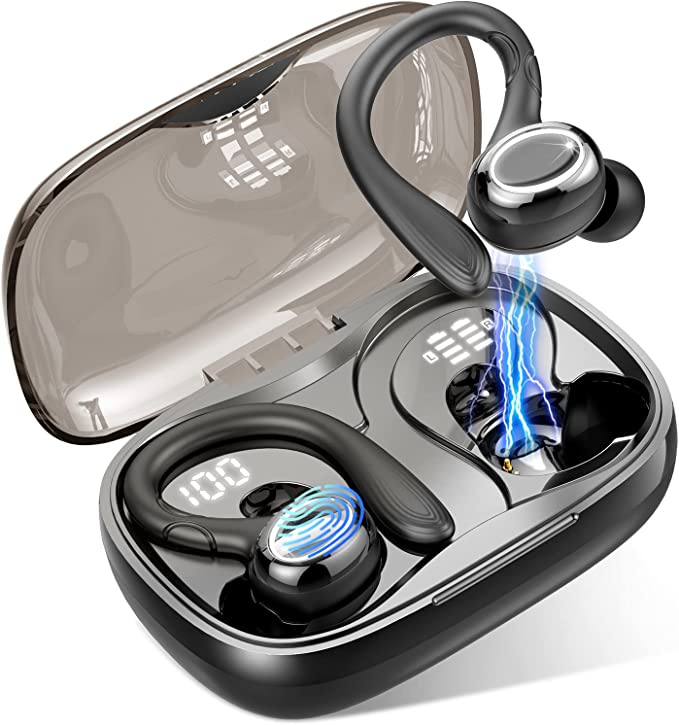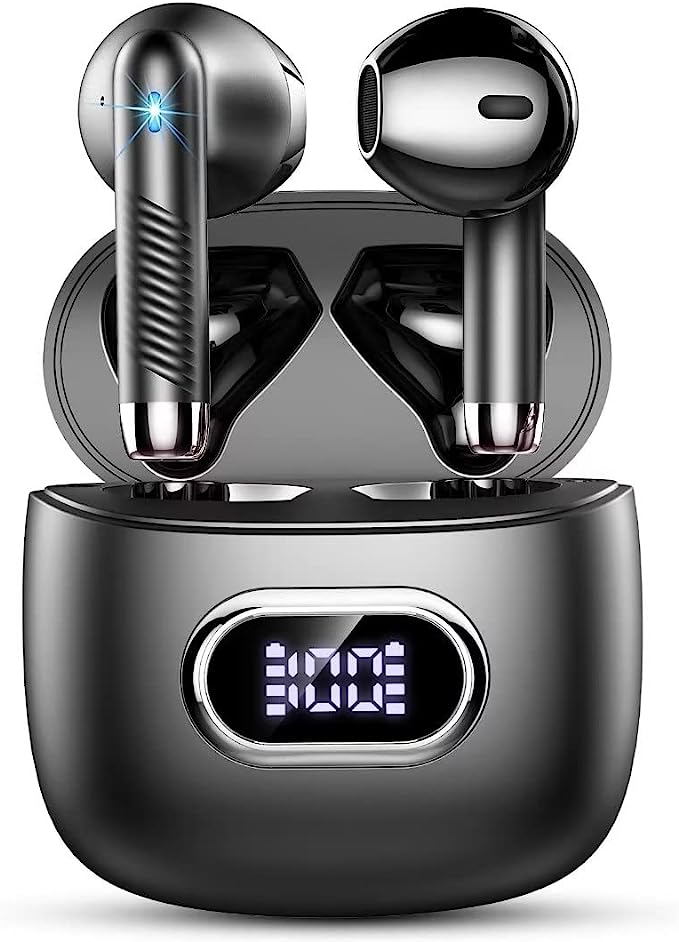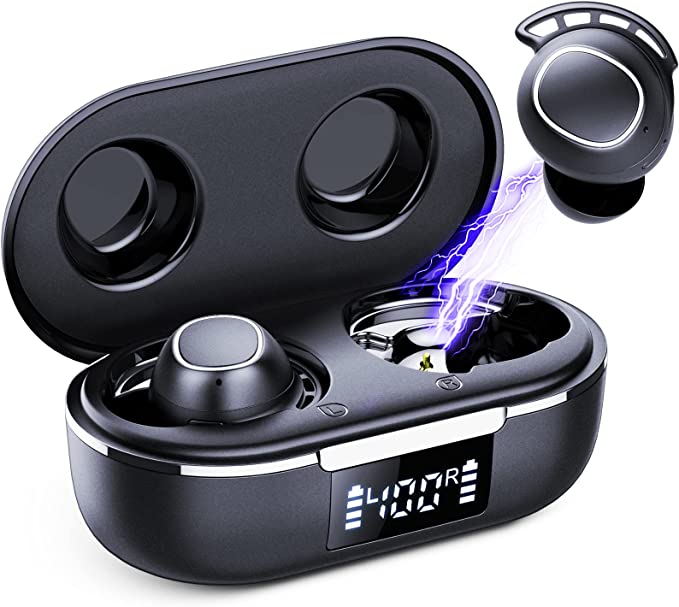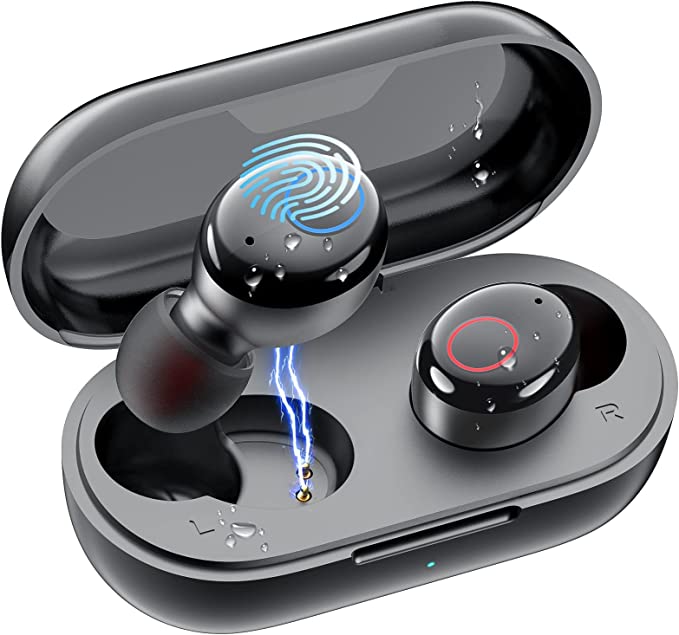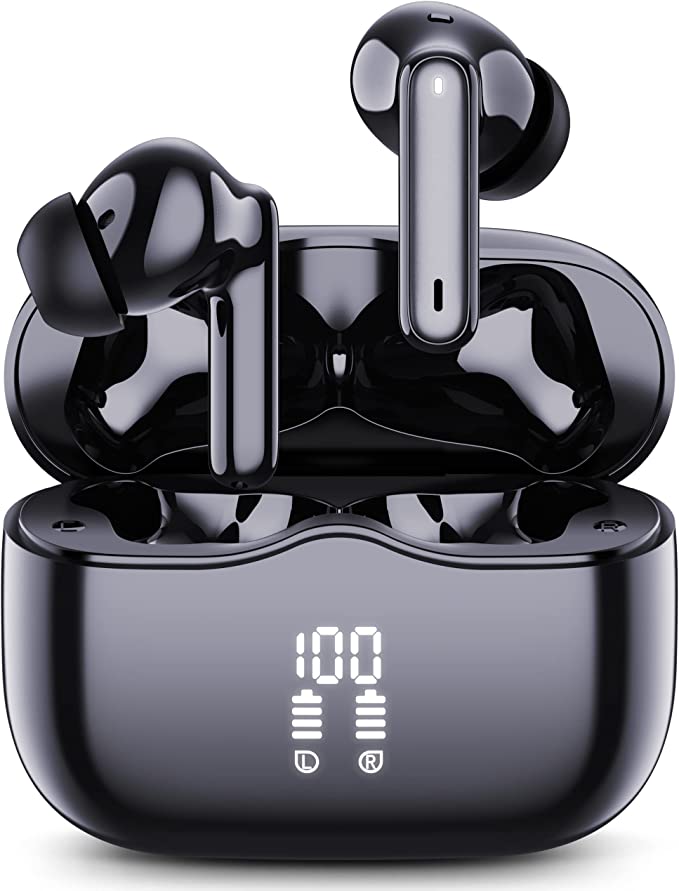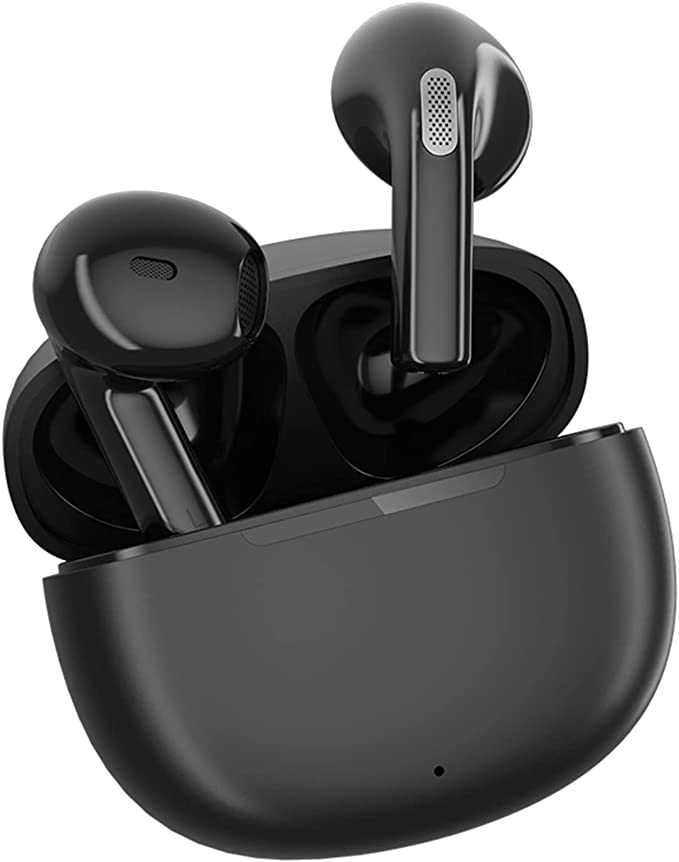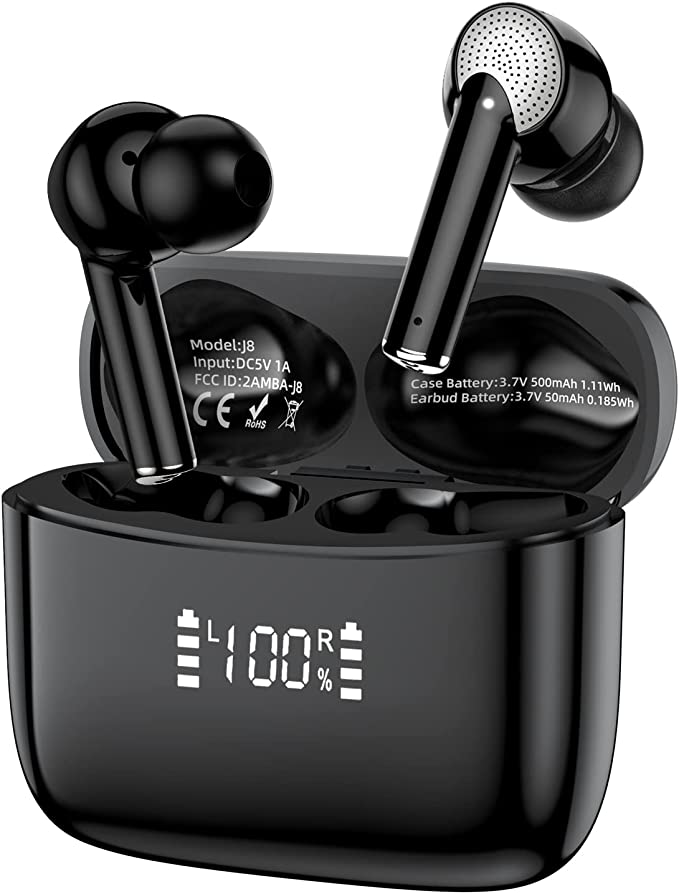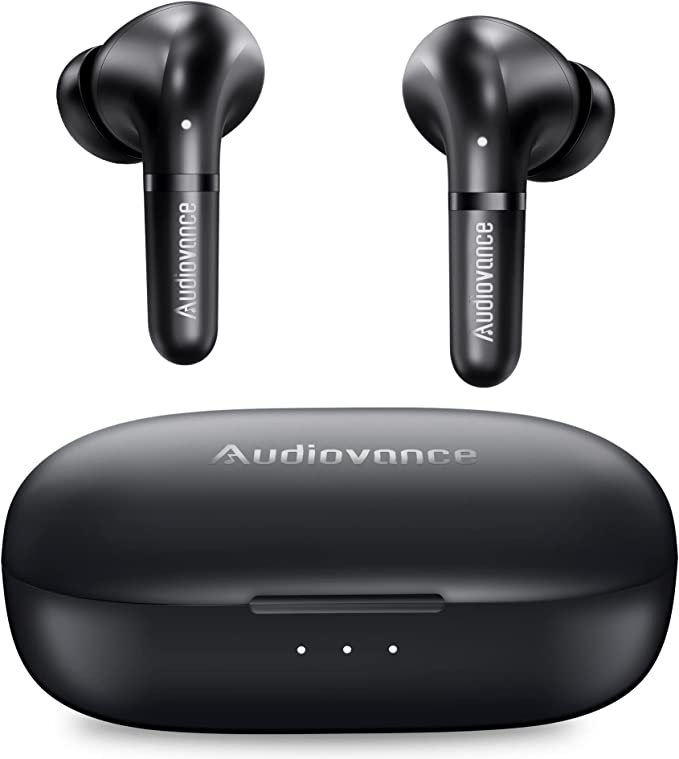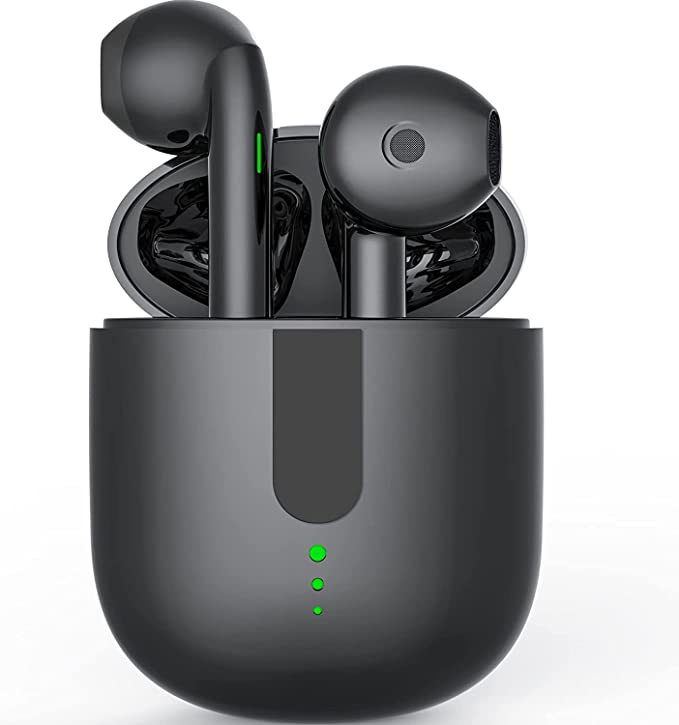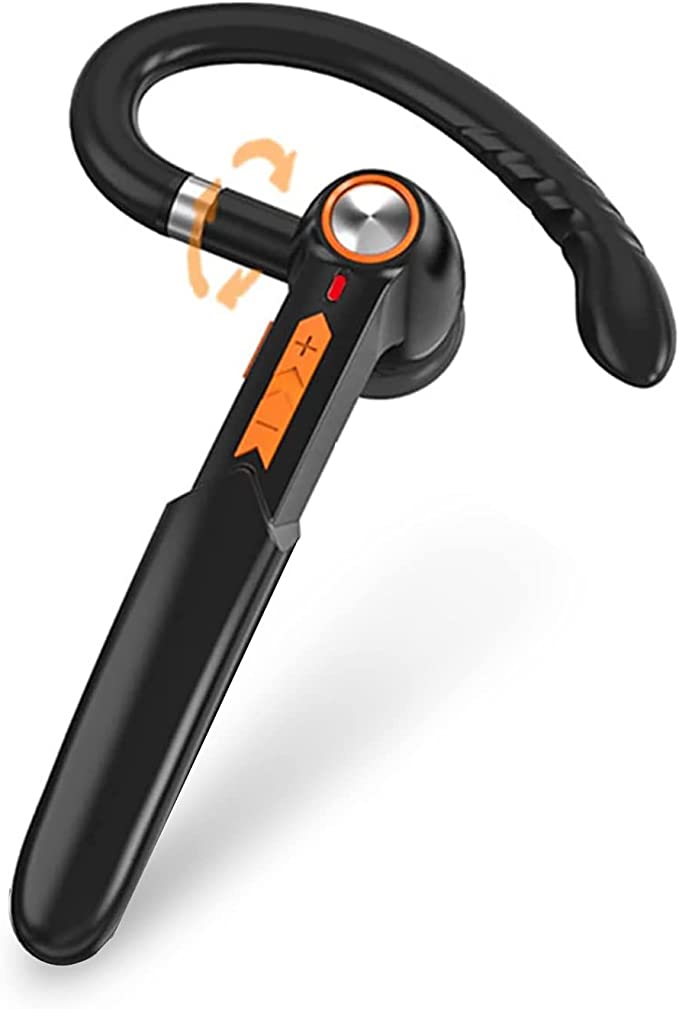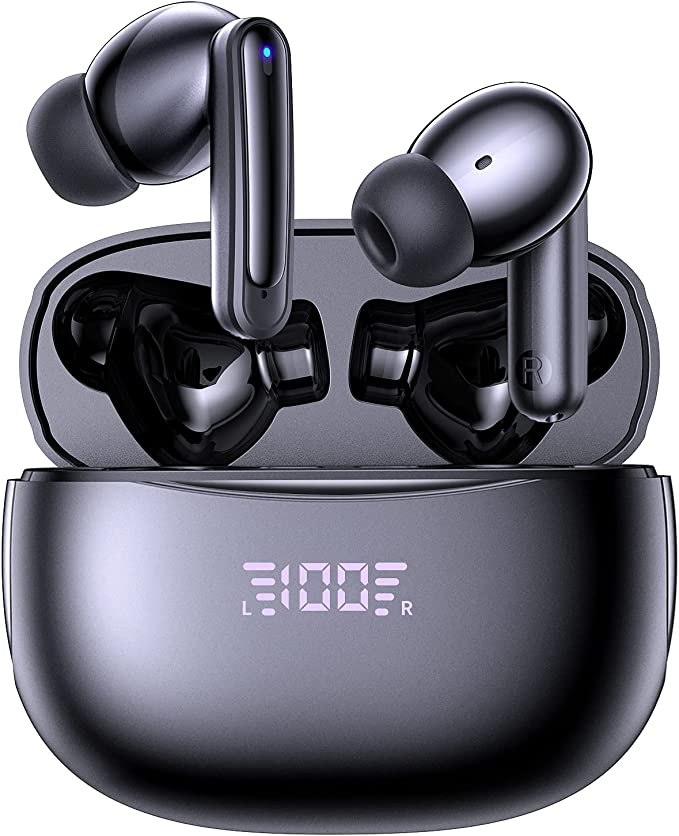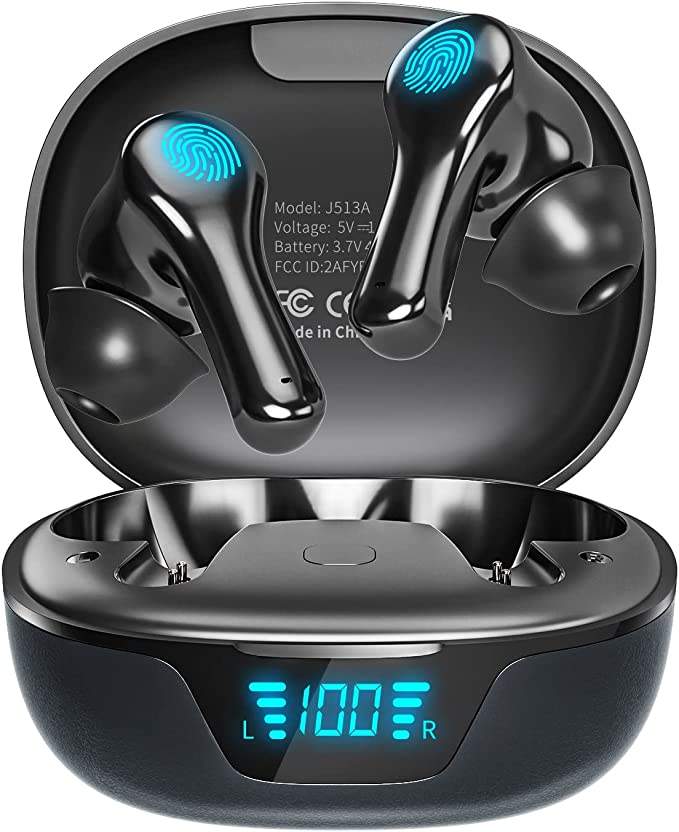VENTION NB True Wireless Earbuds: Stylish and Feature-Packed Earbuds for an Affordable Price
Update on June 24, 2025, 7 a.m.
There’s a quiet marvel that many of us interact with daily, often without a second thought. It’s that moment you reach for your true wireless earbuds – perhaps the VENTION NB – pop them in, and the world outside fades, replaced by your chosen soundscape. It feels like magic, but it’s a symphony of carefully orchestrated science and engineering. Let’s not just use these compact companions; let’s embark on a journey to understand the fascinating unseen technology that makes them sing, using the VENTION NB as our lens. Our mission? To peek behind the curtain and cultivate an appreciation for the intricate science that powers our untethered audio lives.

The Unbroken Thread: Weaving Connections with Bluetooth 5.3
At the heart of any true wireless experience is Bluetooth, and the VENTION NB earbuds boast version 5.3. This isn’t merely an incremental number; it represents tangible advancements in how these tiny devices communicate with your phone or laptop, directly impacting your listening pleasure. Think of Bluetooth as an incredibly sophisticated, invisible courier service, constantly ferrying audio data. Version 5.3 refines this service in crucial ways.
One of its most significant contributions is to stability. Imagine trying to have a clear conversation in a bustling room filled with other voices. Earlier Bluetooth versions could sometimes struggle in such “noisy” radio frequency environments, leading to those frustrating audio dropouts or stutters. Bluetooth 5.3, however, is more like an expert traffic controller. It employs more intelligent channel selection algorithms, as outlined by the Bluetooth Special Interest Group (SIG). This means it’s better at identifying and sidestepping interference from other wireless devices, like Wi-Fi routers, microwaves, or even other Bluetooth gadgets nearby. This enhanced ability to navigate the crowded airwaves, partly through improved Adaptive Frequency Hopping, translates directly to a more consistent and reliable audio stream for you.
Then there’s the relentless pursuit of low latency. Latency, in simple terms, is the delay between when an audio signal is sent by your source device and when you actually hear it. High latency is the culprit when an actor’s lips move out of sync with their voice in a video, or when the sound of an explosion in a game arrives noticeably after the visual flash. Bluetooth 5.3 includes refinements aimed at minimizing this delay. While the actual latency also depends on the audio codecs being used – think of codecs like SBC or AAC as the specific languages Bluetooth speaks to compress and decompress audio – the underlying Bluetooth version lays a faster, more efficient highway for these “data packets” to travel, striving to keep your audio and visuals perfectly synchronized.
Finally, Bluetooth 5.3 excels in the art of energy frugality. True wireless earbuds house incredibly small batteries, so every milliwattตำรวจ (milliwatt) of power counts. This version builds upon Bluetooth’s Low Energy (LE) protocols, incorporating more sophisticated power control mechanisms. It allows the earbuds and your phone to communicate more efficiently, spending less energy “shouting” across the airwaves and entering low-power “sleep” states more effectively when idle. This meticulous power management is a key reason why devices like the VENTION NB can offer hours of playtime on a single charge from such diminutive power cells. It’s a testament to the engineering goal of doing more with less.

Crafting Your Personal Soundscape: The Physics of Quiet
The VENTION NB earbuds are described as “Noise Cancelling,” a term that can sometimes be a bit ambiguous in the audio world. It’s crucial to understand the science behind how different earbuds achieve a quieter listening experience. For earbuds in this category, the primary method is almost always Passive Noise Isolation, and it’s deeply rooted in physics.
Think of passive noise isolation as building a miniature, well-designed fortress around your ear canal. The “In-Ear” form factor is paramount. When the eartips – typically made of silicone or sometimes memory foam – create a snug, airtight seal within your ear canal, they form a physical barrier. This barrier works on several principles: * Mass Law: Generally, denser and heavier materials are better at blocking sound transmission. While earbuds are light, the material of the housing and the eartip itself offers some resistance to airborne sound waves. * Damping: The eartip materials also absorb some sound energy, converting it into tiny amounts of heat, rather than letting it pass through to your eardrum. * Acoustic Impedance Mismatch: Sound travels differently through air than it does through a solid material. When sound waves hit the earbud and eartip, this change in medium causes some of the sound energy to be reflected away.
Passive noise isolation is particularly effective against higher-frequency sounds – the clatter of keyboards in an office, the hiss of an air conditioner, or nearby conversations. It’s less effective against deep, rumbling low-frequency noises like the drone of an airplane engine. Why? Higher-frequency sounds have shorter wavelengths and less energy, making them easier to block physically.
It’s useful to briefly contrast this with Active Noise Cancellation (ANC), a more complex electronic solution found in many premium headphones and some higher-end earbuds. ANC employs tiny microphones to listen to the ambient noise, an internal processor then generates an “anti-noise” – a sound wave that is precisely out of phase with the incoming noise. When these two waves meet, they effectively cancel each other out, particularly for consistent, low-frequency sounds. The VENTION NB, by leveraging its in-ear design, focuses on perfecting that crucial physical seal, the cornerstone of effective passive isolation.

Defying the Elements: The True Meaning of IPX5
You’ll often see an “IP” rating on electronics, and the VENTION NB earbuds carry an IPX5 rating. This isn’t just a random collection of letters and numbers; it’s a standardized code defined by the International Electrotechnical Commission (IEC) in their standard IEC 60529. This code tells us how well an electrical enclosure (like an earbud’s casing) is protected against the intrusion of foreign objects (like dust) and moisture.
Let’s break down IPX5: * The first character after “IP” is “X”. In the IP code, this position indicates the level of protection against solid particles (dust, dirt). An “X” here means the device has not been specifically tested or rated for solid particle ingress according to the standard for this particular IPX5 certification. * The second character, “5”, is the crucial one for moisture. It signifies that the VENTION NB earbuds are protected against low-pressure water jets projected by a nozzle (6.3mm in diameter) from any direction.
What does this mean for you in practical, everyday terms? An IPX5 rating provides peace of mind. You can confidently wear these earbuds during a sweaty workout at the gym, while jogging in a light drizzle, or if you accidentally get splashed. The construction of the earbuds, often involving precisely engineered seams, gaskets, and sometimes hydrophobic (water-repellent) nano-coatings on internal components – common industry practices for achieving such ratings – helps prevent moisture from reaching the sensitive electronics inside.
However, it’s vital to understand the boundaries of IPX5. It does not mean the earbuds are fully waterproof or suitable for submersion. Taking them for a swim or dropping them in a puddle is a no-go. The “5” rating pertains to jets of water, not the sustained pressure experienced when submerged. So, while they are your resilient companions against sweat and rain, treat them with care around larger bodies of water.

The Supporting Ensemble: Sustaining Power and Capturing Voice
Beyond the core technologies of connection, sound, and protection, a couple of other features round out the true wireless experience offered by the VENTION NB.
First is the charging case. This diminutive box is far more than just a convenient place to store your earbuds. It’s a pocket-sized powerhouse, your personal lifeline when you’re away from a wall outlet. Inside the case resides its own, larger lithium-ion battery. This battery technology, a marvel of modern electrochemistry, efficiently stores and dispenses electrical energy. When you place the earbuds back in their case, they begin to recharge, drawing power from the case’s battery. This is what gives TWS earbuds their extended overall playtime, allowing for many hours of listening throughout the day by topping up the earbuds multiple times.

Then there’s the built-in microphone. This tiny, almost invisible component transforms your earbuds from mere listening devices into communication tools. Most modern earbuds, including likely the VENTION NB, use MEMS (Micro-Electro-Mechanical Systems) microphones. These are incredibly small microphones manufactured using semiconductor fabrication techniques, allowing for good sensitivity and clarity in a tiny package. They work by converting the sound waves of your voice into electrical signals that can then be transmitted via Bluetooth during a call or when you’re interacting with your phone’s voice assistant. While these microphones are designed primarily for voice pickup, their placement and acoustic design often incorporate elements to help focus on speech frequencies and reduce some of the less-direct background noise, contributing to clearer conversations.

Conclusion: The Everyday Extraordinary – Science in Your Ears
The next time you pick up your VENTION NB True Wireless Earbuds, take a moment. Contained within those sleek shells is a quiet symphony of physics, advanced electronics, and clever material science. From the dance of radio waves orchestrated by Bluetooth 5.3 to the physical barriers taming ambient sound through passive isolation, and the resilient shield of IPX5 protection, these everyday objects are packed with an extraordinary amount of ingenuity.
Understanding this hidden science doesn’t just demystify your gadgets; it empowers you. It allows for a deeper appreciation of the engineering that enhances our daily lives and helps us become more discerning consumers, looking beyond marketing claims to the tangible technological benefits. The world of personal audio is constantly evolving, with each new iteration bringing more sophisticated science into ever smaller, more accessible packages. And that, in itself, is a tune worth listening to.
